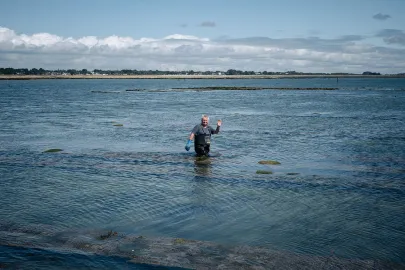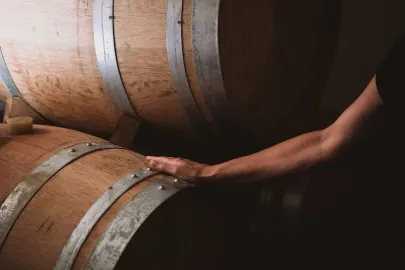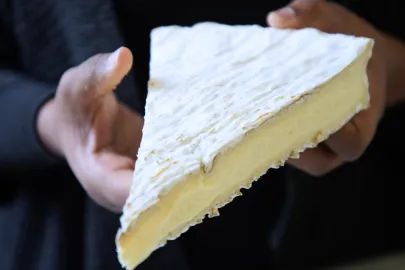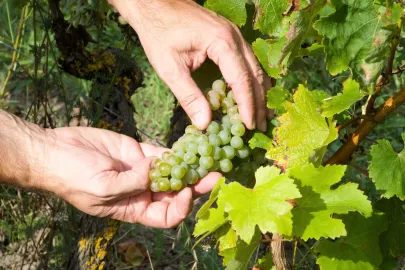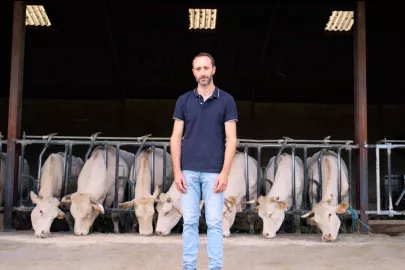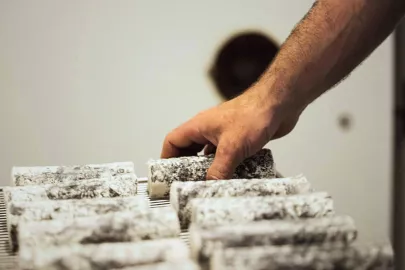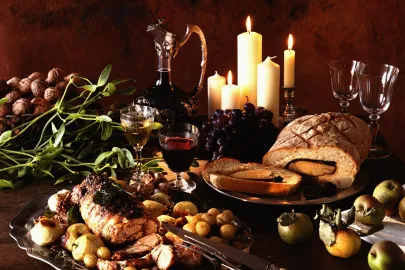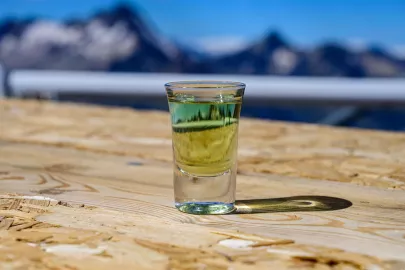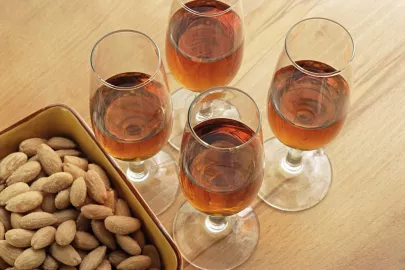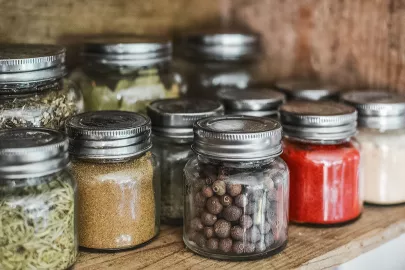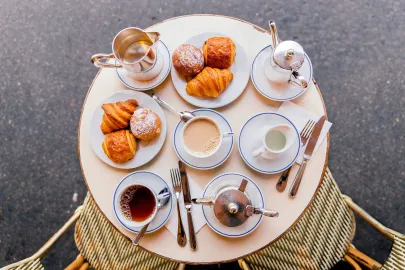Winemakers combining tradition, terroir, and long-term perspective in the Centre-Loire region
In the heart of France, between the meandering River Loire and its rolling limestone hills, the Centre-Loire region has for centuries cultivated a winegrowing tradition that is both demanding and vibrant. It is here, in this mosaic of appellations, that winemakers deeply rooted in their terroir flourish.
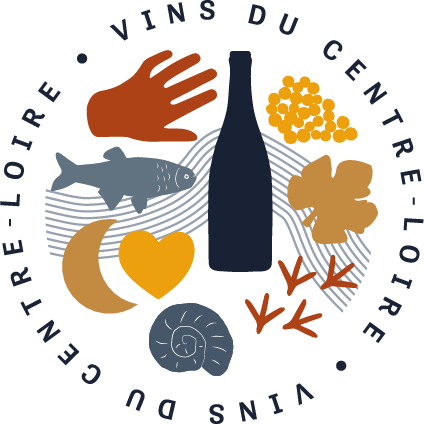 In partnership with Centre-Loire wines
In partnership with Centre-Loire wines
Among them, Hélène Mardon and Arnaud Bourgeois embody the two faces of this region: continuity and innovation, collective commitment, and the individual quest for excellence. A coming together of two different sensibilities united by the same passion.
At the Bourgeois family and the Domaine Mardon, wine is a family affair, a tradition handed down from generation to generation, and a living memory. “We have been winemakers for ten generations, from father to son,” says Arnaud, who lives in Chavignol, a village near the town of Sancerre. “Ever since I was a child, I've always lived to the rhythm of agricultural work; very early on, I was captivated by a love of the land and wine.”
For her part, Hélène took a more indirect route before returning to her roots. “I worked elsewhere before returning to the estate in 2002. It was that detour that gave me perspective and reinforced my decision. What I really like about this job is the human connection, the teamwork, and sharing knowledge.” As the fifth generation at the head of the family estate, she is driving a shift towards organic winemaking: the conversion to organic agriculture began in her Reuilly vineyards in 2017, and then in Quincy in 2022.
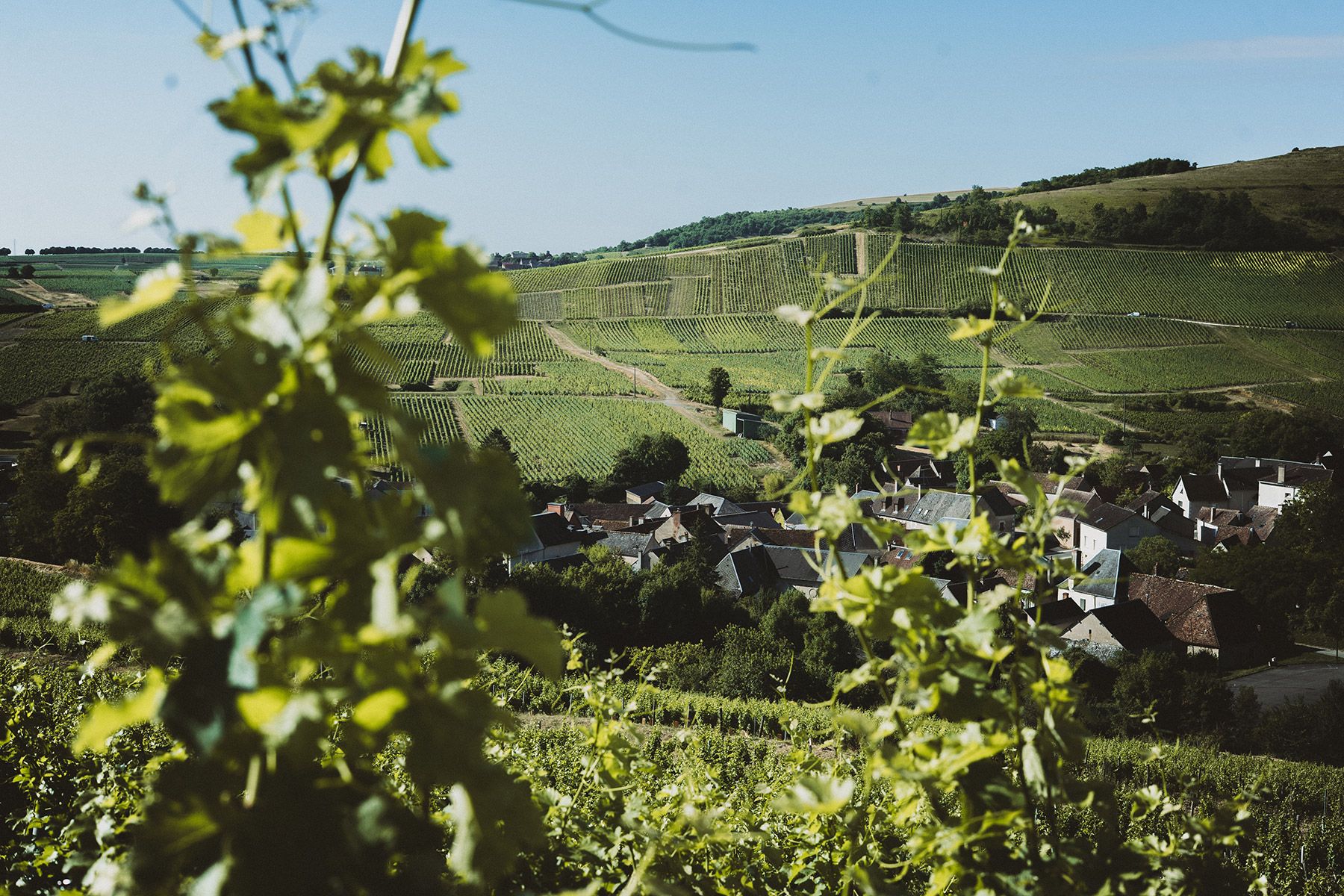
Their personal histories are evident in their gestures and their choices. Hélène speaks with emotion about her father, who loved his wine cellar, and whose sensitive view on wine she carries on. With pain in his voice, Arnaud remembers the frosts of 1991, the heavy silence around the table, and the moment when his father shared the key to winemaking with him. “You don't grow a plant; you cultivate a vine. There's a kind of respect at every stage, from pruning to bottling.”
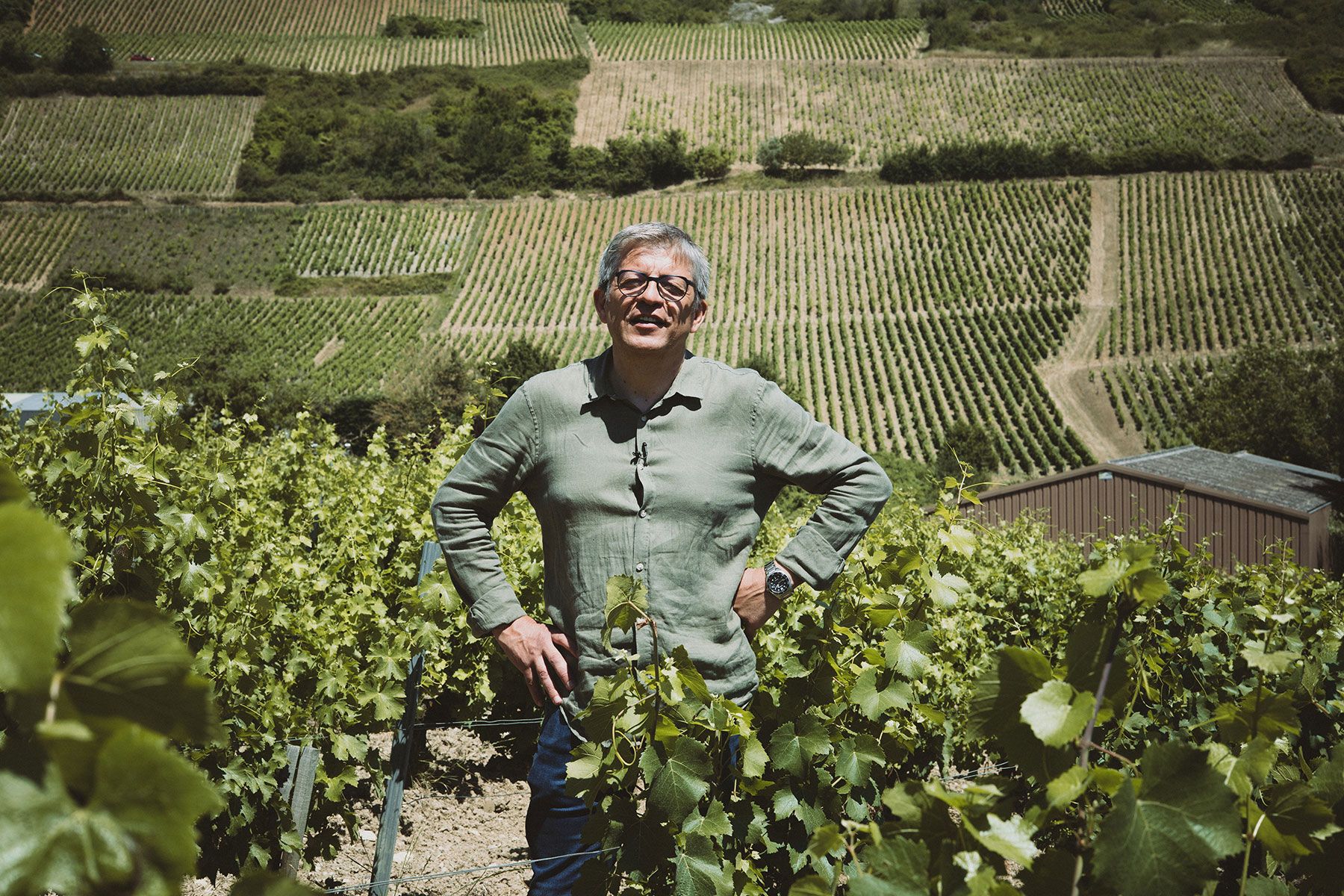
Centre-Loire, a crossroads of history and terroir
Though the region may seem low-key compared to the winegrowing powerhouses of Burgundy and Bordeaux, it is nonetheless a mecca in France's oenological heritage. The Centre-Loire region occupies a central position, at the crossroads of climatic and geological influences. “It was here, in Quincy, that the Loire's first controlled designation of origin was created,” Hélène points out. “It's an old winegrowing area, steeped in tradition.”
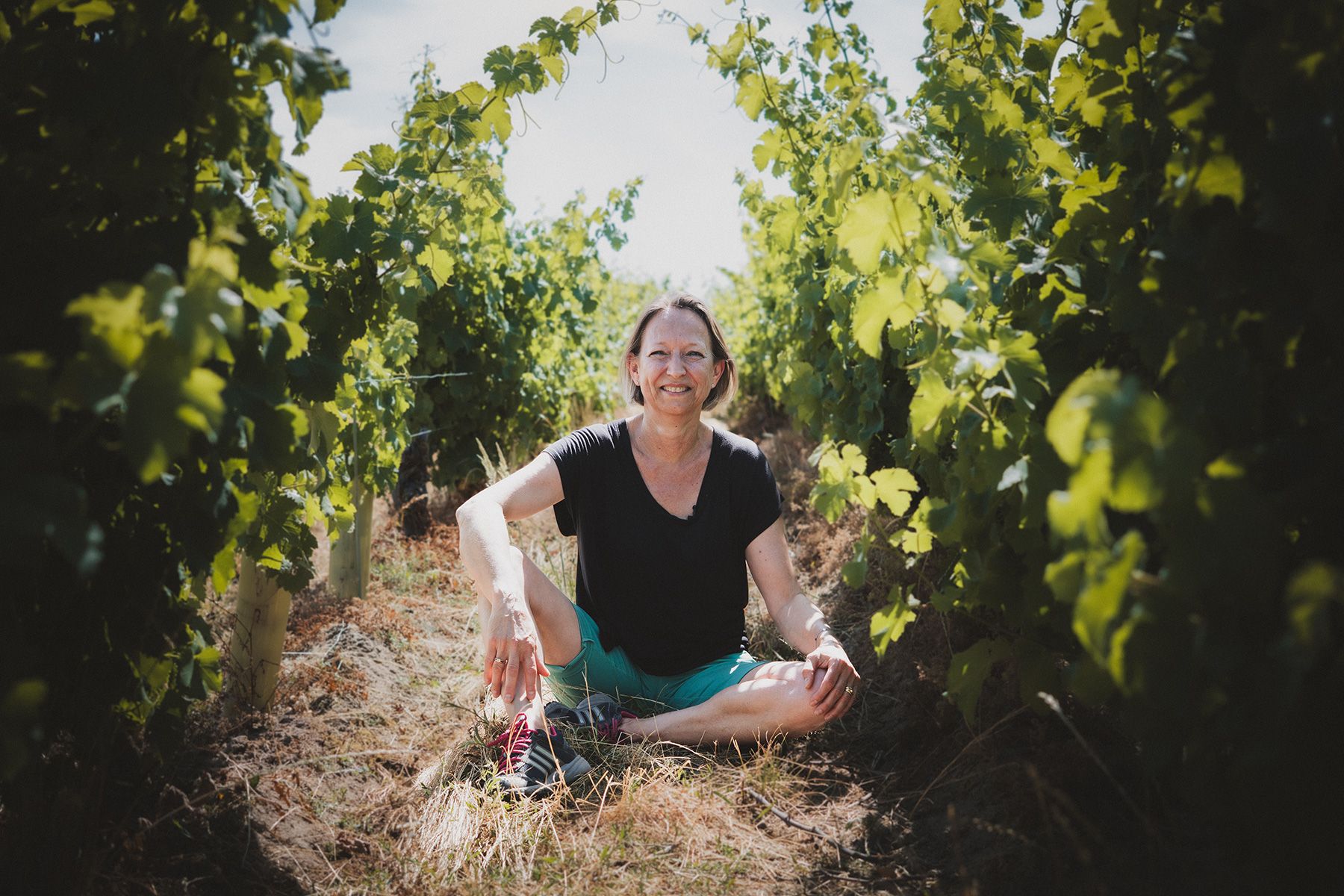
Each appellation in the Centre-Loire has its own identity: the crystalline fruitiness of Quincy, the enveloping minerality of Reuilly, the sophisticated tension of Sancerre, the smoky complexity of Pouilly-Fumé... A precious diversity, nourished not only by geography but also by the people themselves. “What makes our region exciting is this ability to tell several stories with the same variety of grape,” notes Arnaud.
The richness of Sauvignon Blanc – the undisputed king of the region – is intensified by its microclimates. Hélène insists: "Even with the same grape varieties and the same methods, the result will always be different, for example, between Reuilly and Quincy. One will express freshness, the other a certain roundness. It's this nuance that is our strength.”

Balancing tradition and modernity
The quest for authenticity in wine is never just about returning to the past. For these winemakers, tradition is enriched by modern techniques, without ever losing respect for the terroir. “We work with local yeasts and limit the amount of work we do on the vines,” explains Hélène. “This allows the wine to live and evolve naturally. Our aim is not to change the identity of the terroir, but to let it express itself.”
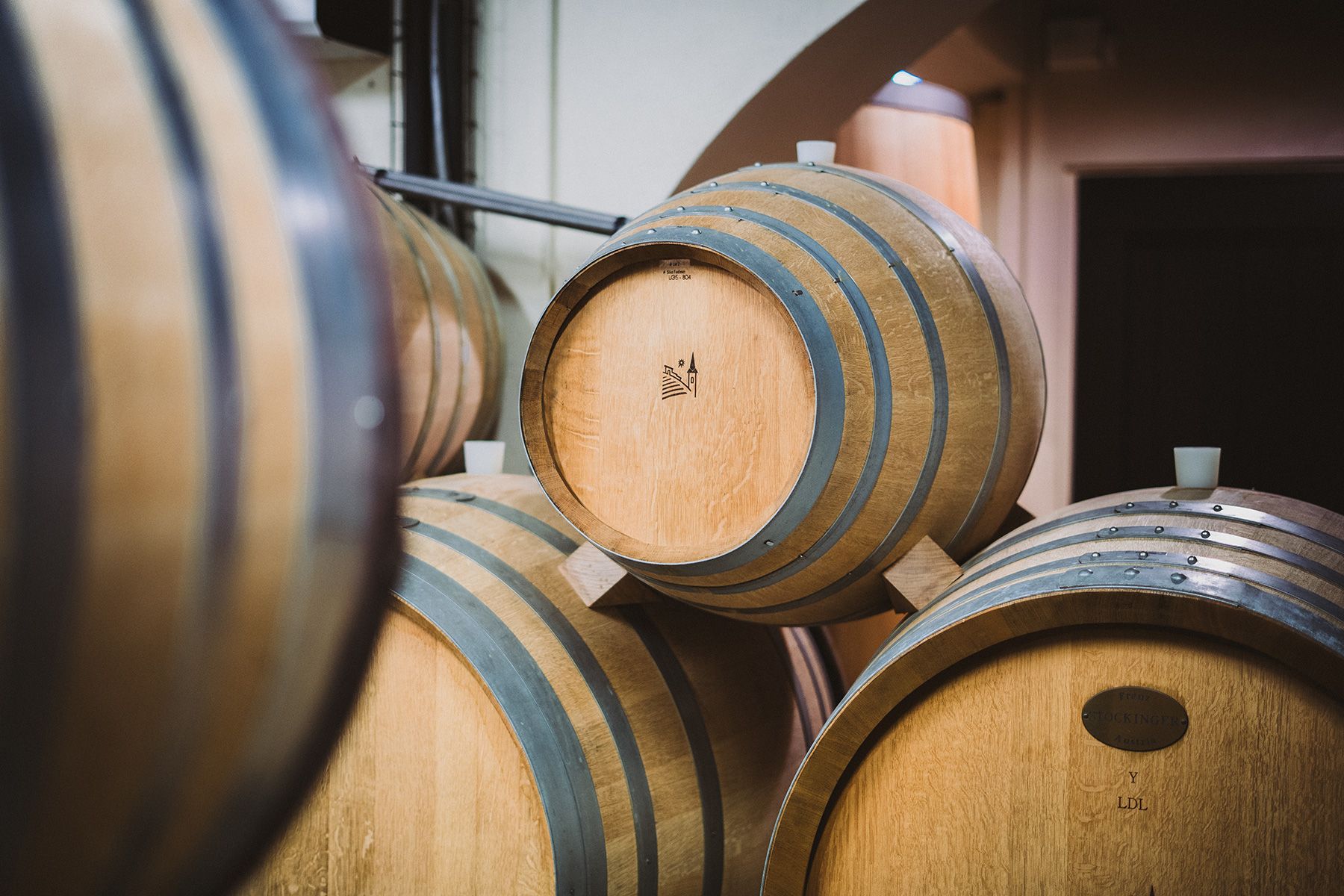
This approach also resonates with Arnaud: “We adopt certain modern techniques when they serve the uniqueness of our terroir. Nothing must alter the authenticity of the wine.” The same grape, the same soil, and yet, an infinite number of possibilities: in amphora, in concrete eggs, in barrels... And so many options for aging to refine textures and reveal other aspects of the grape variety.
This attention to detail, our loyalty to doing the right thing, makes every vintage a challenge. All the more so as the increasingly unstable climate imposes its own pace. Late frosts, hailstorms, intense droughts: climatic hazards call for increased vigilance. Arnaud observes: “The growing cycle is accelerating. We harvest earlier. We don’t have long to work on the vines. We have to adapt.”
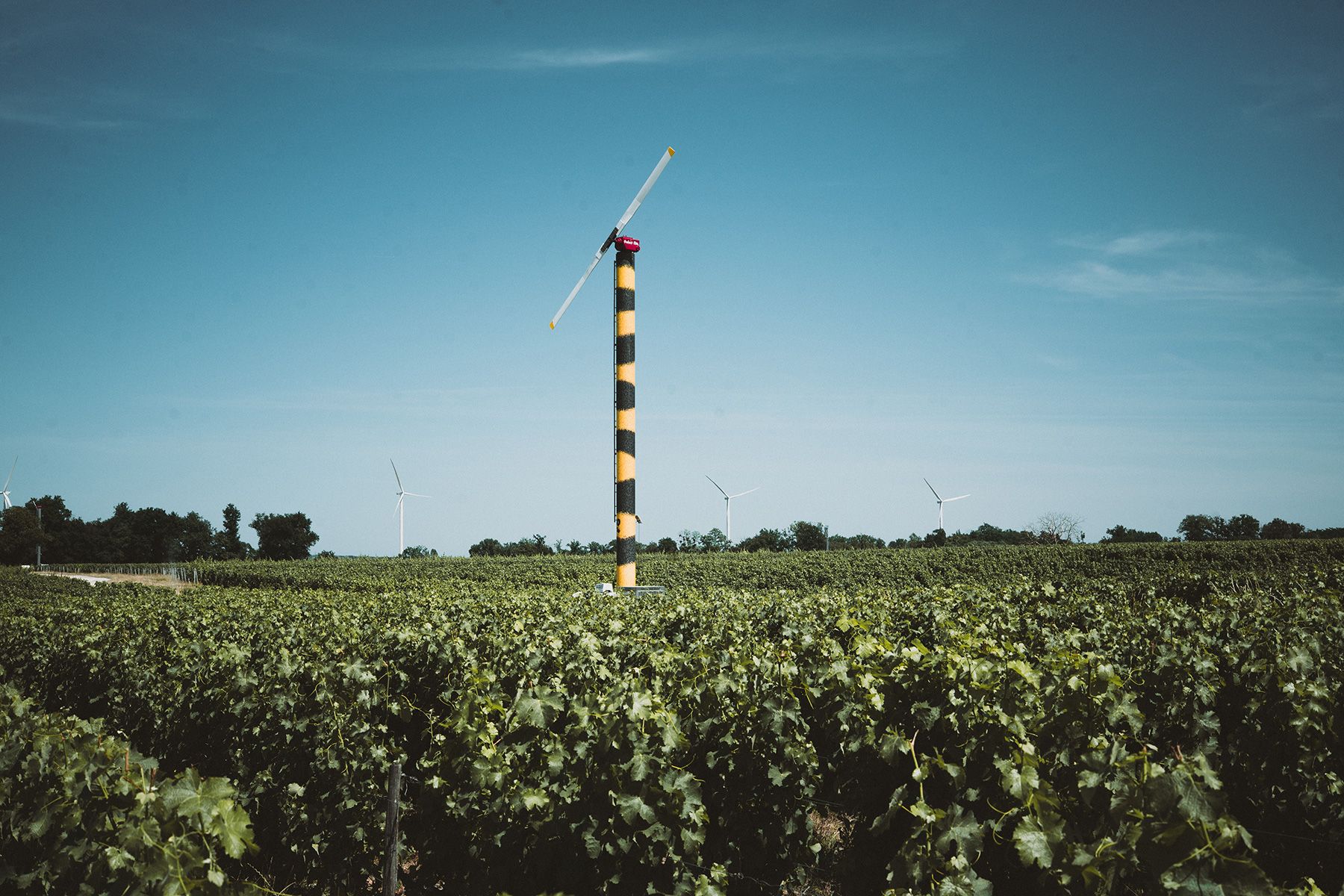
Hélène confirms: “We're seeing specific improvements, particularly in yields and wine balance. Some vintages are rounder, sometimes to the detriment of freshness.” Hence the importance of collaboration and mutual assistance, particularly when combating climate risks: “In Quincy, it's all about collaboration. We pool our resources and get ourselves organized together.” This is reflected in the collective commitment and investment that today protect the appellation's vines from frost with over 200 frost fans.
Wines with a sense of place... and connection
The terroir is obviously present in these wines. But there are also emotions and intentions. These are wines that tell stories, that connect us. Hélène emphasizes this human dimension: “I want my wines to encourage people to share. Convivial cuvées to open with friends, but also more complex wines for specific pairings. What is essential is to create pleasure and a sense of connection.”
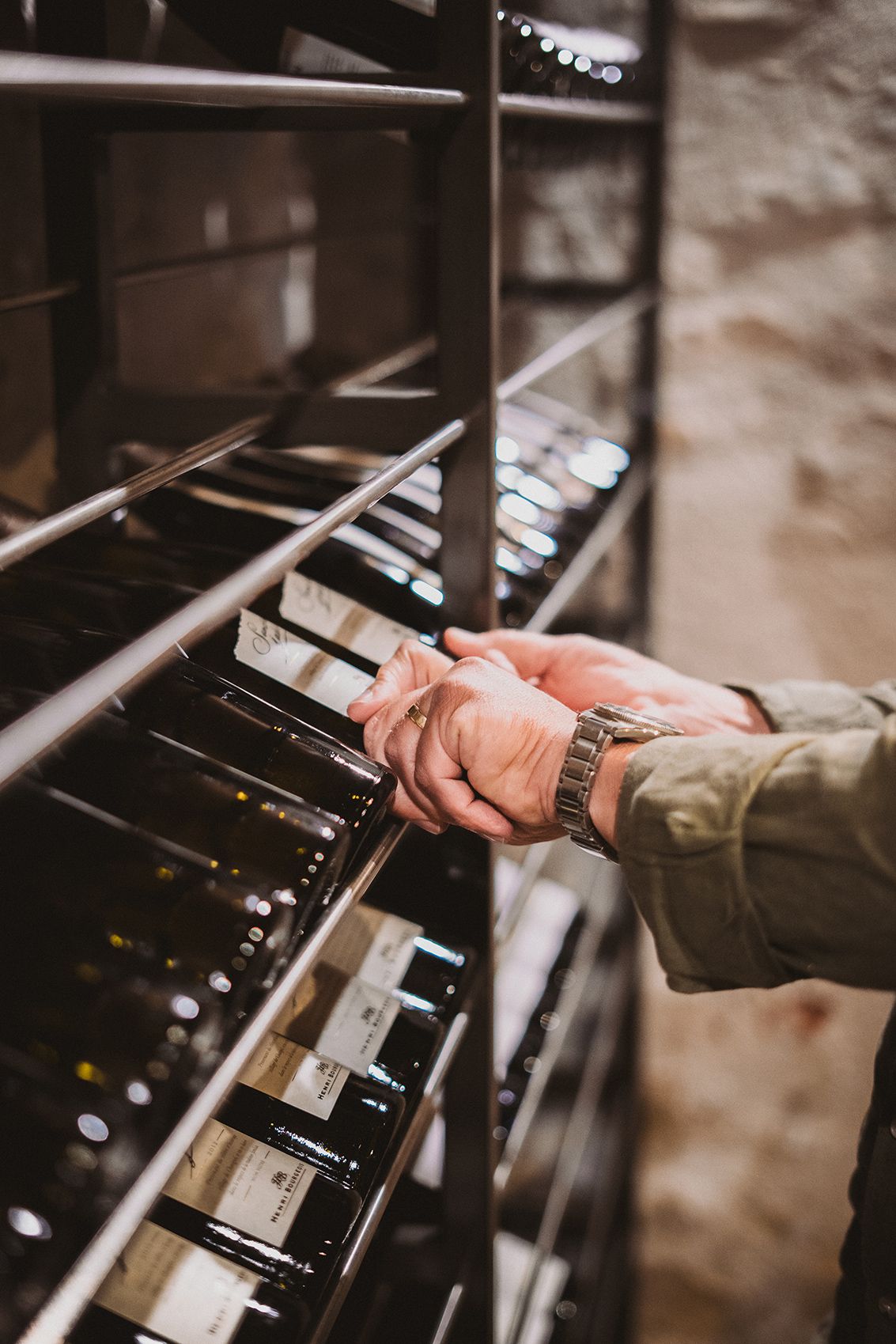
Arnaud agrees: “Our wines must awaken the senses. Whether they're accessible or more elaborate, they have to convey an emotion, something that’s right.”
As for food and wine pairings, everyone has their own preferences. Hélène suggests a subtle pairing with pan-fried scallops, creamed leeks, and a parmesan tuile, or prawns sautéed in garlic to highlight the freshness of the Centre-Loire white wines. With whites, Arnaud recommends “high-quality seafood, white meats, Asian cuisine – not too spicy, and of course, crottin de Chavignol, a local goat cheese and natural companion to Sancerre. With reds: red meats and grilled fish pair well with the region's Pinot Noir and Gamay.”
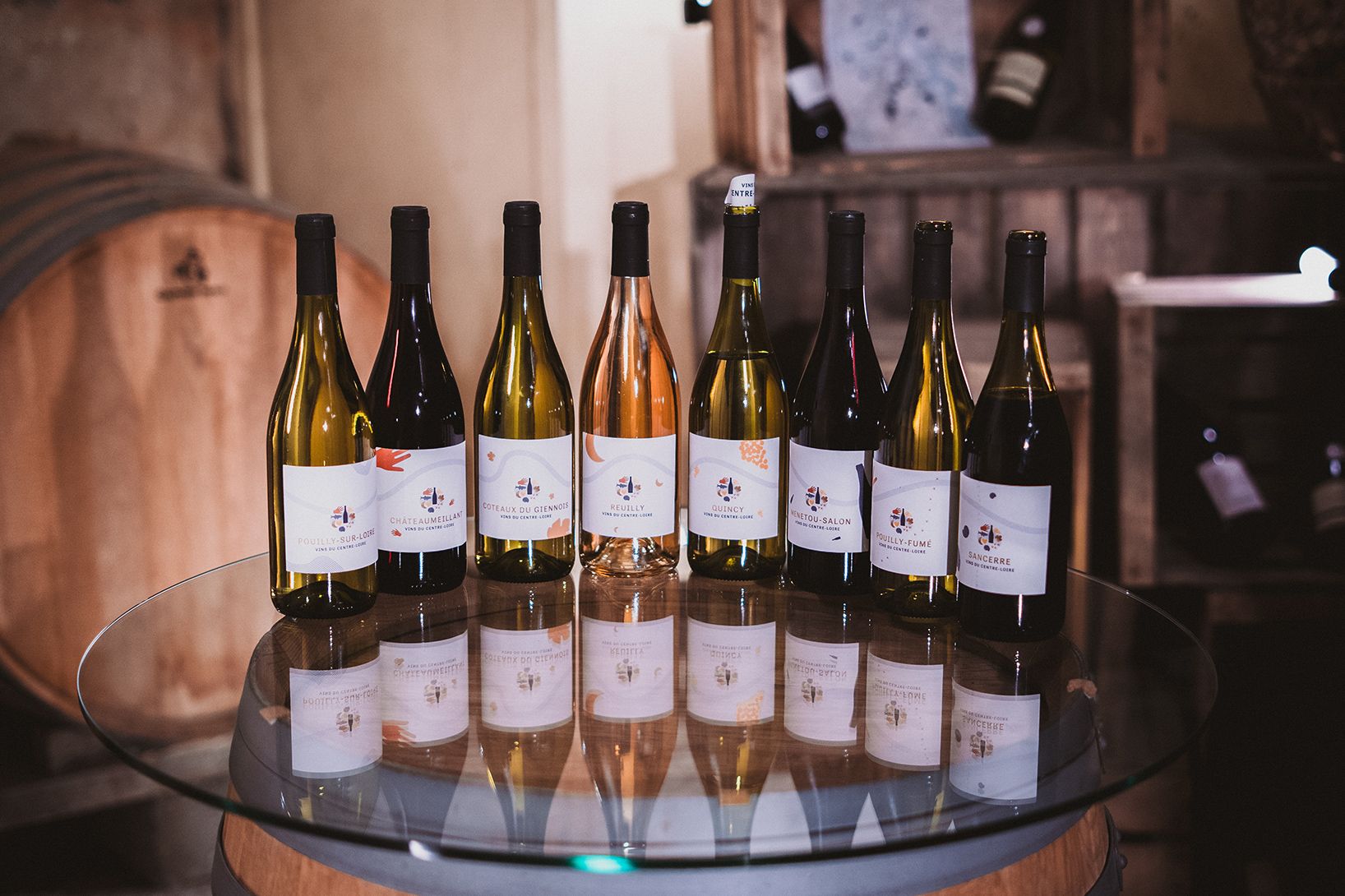
A well-deserved reputation
Why are white wines from the Centre-Loire– especially but not only Sancerre – enjoying such international success? Hélène sums it up in one word: balance. “Our wines are fresh, round, and uniquely aromatic. It's an alchemy between the terroir and the grape variety.”
Arnaud adds: “Centre-Loire Sauvignon Blanc has a unique, easily identifiable character, and it is exceptional value for money. That's why it is so appreciated around the world.”

Despite this recognition, they will never forget the deeply local, human dimension of their work. “There's a real sense of solidarity among winemakers,” Hélène confides. “We exchange ideas and share our doubts and discoveries. We move forward together.”
Hélène and Arnaud, each in their own way, and like all the region's winemakers, embody a patient, passionate viticulture. Their commitment to true, respectful, vibrant wine gives the Centre-Loire its full dimension: an understated, but oh-so-essential region on the great wine map of France.
Reconciling nature and culture
Against a backdrop of environmental upheaval, Centre-Loire viticulture is reinventing itself without losing its soul. Respect for biodiversity and the rhythms of nature are increasingly guiding their practices. “We began the conversion toward organic winemaking in 2017,” recalls Hélène. We try to do things right, and as naturally as possible.”
For Arnaud too, the stakes are high: “Climate change is changing everything. We have to keep a close eye on the health of the vines, and make constant adjustments. It's demanding, but also stimulating.”
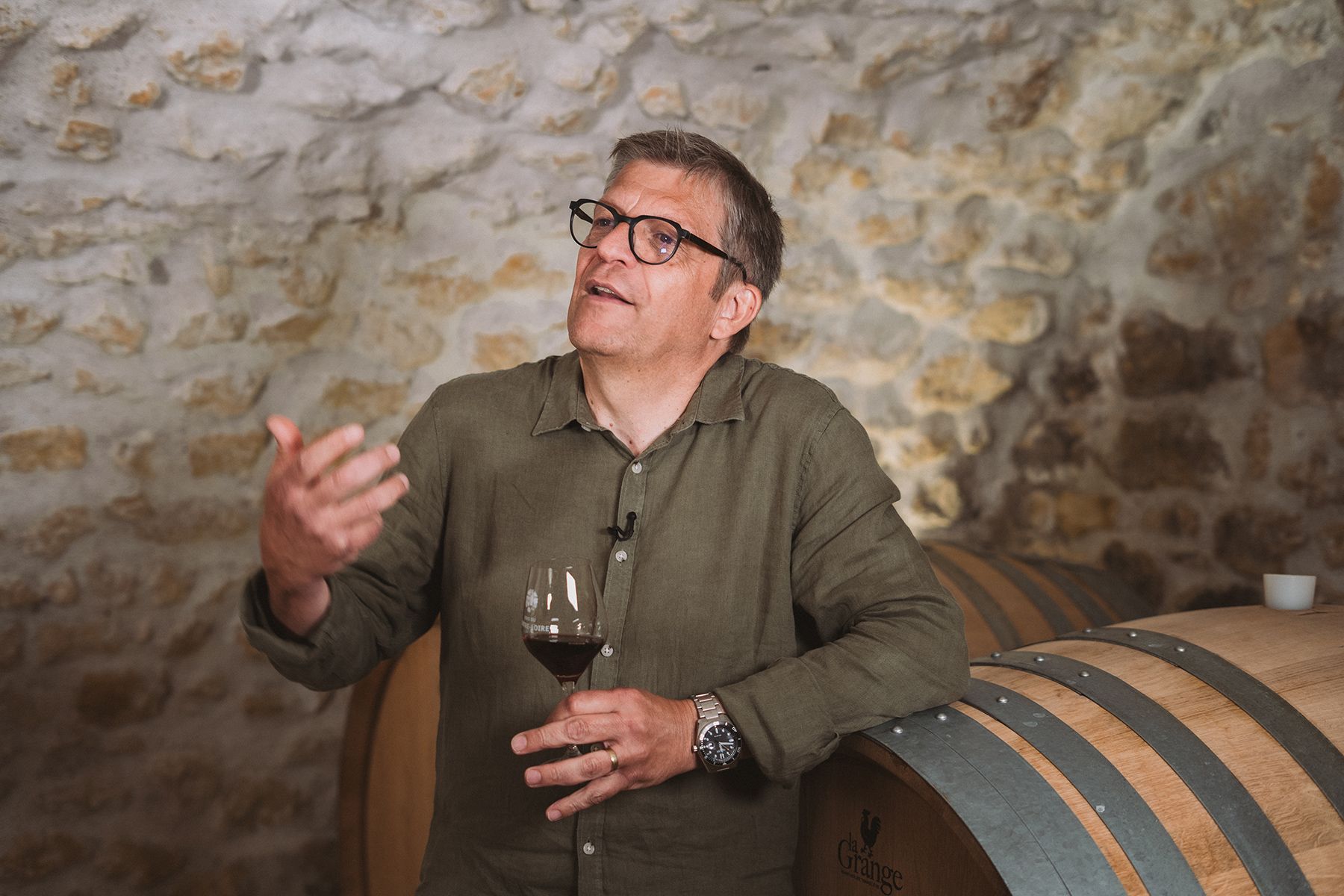
Basically, the two winemakers share a common vision: a wine with a sense of place, that tells the story of its soil, its climate, and its people. A lively, sincere, natural wine. “What I want,” Hélène concludes, “is for my wines to be true to what they are. For them to have a soul.”


